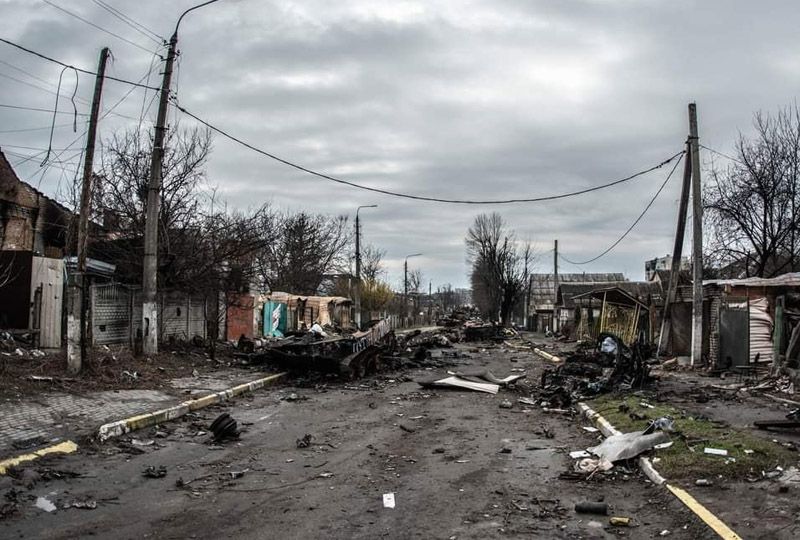Despite some improvement the situation, for almost 500 seafarers remaining sheltered awaiting evacuation on board 109 ships at Ukrainian ports in the Black Sea and the Sea of Azov, still looks bleak.
Certainly things are better than just six weeks ago when around 2,000 were caught up in Putin’s war. The figures were gathered by the International Chamber of Shipping (ICS), collated in association with the IMO. This week the IMO adopted a resolution on actions to facilitate the urgent evacuation of seafarers, while U.N. Secretary General Antonio Guterres yesterday called for an escape route from the Mariupol ‘apocalypse’.
ICS is urging the preservation of humanitarian corridors, until all remaining seafarers have been safely evacuated. The remaining 500 seafarers account for skeleton crews who remained on board to allow their fellow crew mates to be evacuated. The 1,500 or so who have been safely evacuated from stranded vessels travelled via humanitarian corridors on land and at sea. These corridors comprised of evacuation flights and buses from ports, organised by the maritime labour supply states of those affected. Some of the 1,500 are awaiting their further transfer from shore locations in Ukraine, and many have been fully repatriated home.
The International Labour Organization (ILO), the IMO, UNHCR and humanitarian organisations have coordinated deliveries of food, water, and medicines to remaining crew. While some supplies have reached the intended recipients, delivering aid continues to be extremely difficult, particularly in high-risk areas. Vessels are stuck in: Mykolaiv (25), Chornomorsk (23), Kherson (16), Odessa (10), Berdyansk (8), Pivdennyi (6), Mariupol (5), Nika Tera (2), Ochakiv (2), Izmail (1), and Yuzhny anchorage (1).
The affected seafarers, both the evacuated and those who remain on board, are from 27 different countries, with the largest number from the Philippines and India. Other affected seafarer nationalities include Ukrainian, Russian, Chinese, Danish, Greek, and Turkish. ICS data indicates that most of the 109 stranded vessels are either bulk carriers (42) or general cargo vessels (38). Other vessels include oil tankers, chemical tankers, tugs, RoRo cargo, an ice-breaker, and motor hoppers. Natalie Shaw, director of employment affairs at ICS, said:
“The escape route out of ‘the apocalypse’ must be open to these seafarers as well. While we are relieved that around 1,500 have been successfully evacuated, our focus is on those still on board. We will continue to do all we can to facilitate their safe passage out of the affected areas and, in the meantime, work with aid agencies to ensure the delivery of humanitarian aid to those still affected.
“Open dialogue made these rescue missions possible; we’re calling for continued communication and co-operation. We commend the rescue effort taken by flag states, port states, and labour supply states, as well as governments, ship owners, unions, international aid agencies, and seafarer charities.”
Editor’s Note: Since the start of the conflict, some vessels have been advised to switch off tracking devices for security reasons. Therefore, there are 10 vessels where it has been impossible to include them in this breakdown as there is no way to pinpoint their location.






